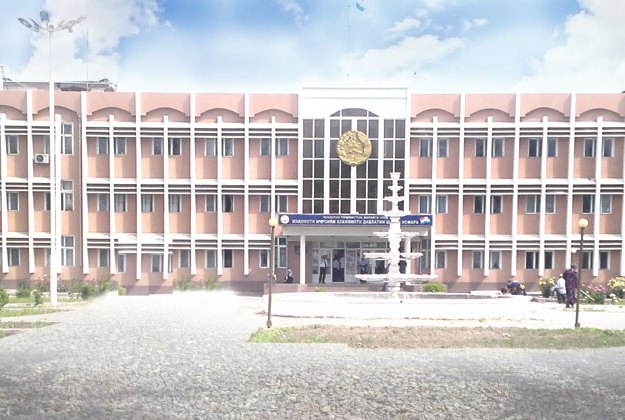The administration of the Tajik northern city of Isfara says residents of Tajik border villages blame the chief of the Kyrgyz frontier post “Kok-Tash”, Mirbek Sultanbekov, for triggering clashes between residents of the border villages of the two countries.
“The incident that took place on the night of January 9-10 is a provocation organized by the Kyrgyz side and became the third this year. In the morning of January 8, residents of the Kyrgyz village of Kok-Tash set fire to the house of Tajik citizen Narzullo Abulloyev, which has become uninhabitable. On January 9, at around 9:20 pm. Kyrgyz nationals attacked resident of the Tajik jamoat of Chorkuh, Zafar Azamov, for no apparent reason and broke his car’s mirror with stone,” the Isfara administration press center says.
“On January 10, at around 2:00 am, Kyrgyz citizens began firing randomly into the air. They were firing in single shots from assault rifles and hunting guns. The shooting stopped at around 2:30 am after the intervention of representatives of police and border services of both sides. No casualties were reported among nationals of Tajikistan.”
The Isfara administration notes that all these three incidents are continuation of a series of provocative actions committed by Kyrgyz servicemen and civilians in 2019.
Last year alone, there were at least fourteen cases of violence, in which six Tajik nationals and one Kyrgyz citizen were killed and more than 60 other people were injured, according to the Isfara administration press center.
“Residents of the border villages of Tajikistan’s Chorkuh and Vorukh jamoats blame Kyrgyz border guards, including the chief of the Kyrgyz frontier post “Kok-Tash”, Mirbek Sultanbekov, for preparing and committing these provocative actions,” the Isfara administration stressed.
It is to be noted that Tajikistan and Kyrgyzstan have not yet resolved the border delineation problem. Many border areas in Central Asia have been disputed since the collapse of the Soviet Union in 1991. The situation is particularly complicated near the numerous exclaves in the Ferghana Valley, where the borders of Tajikistan, Uzbekistan, and Kyrgyzstan meet.
The border of Kyrgyzstan and Tajikistan has been the scene of unrest repeatedly since the collapse of the former Soviet Union. The countries share 971 kilometers of border – of which only 504 kilometers has reportedly been properly delineated.




